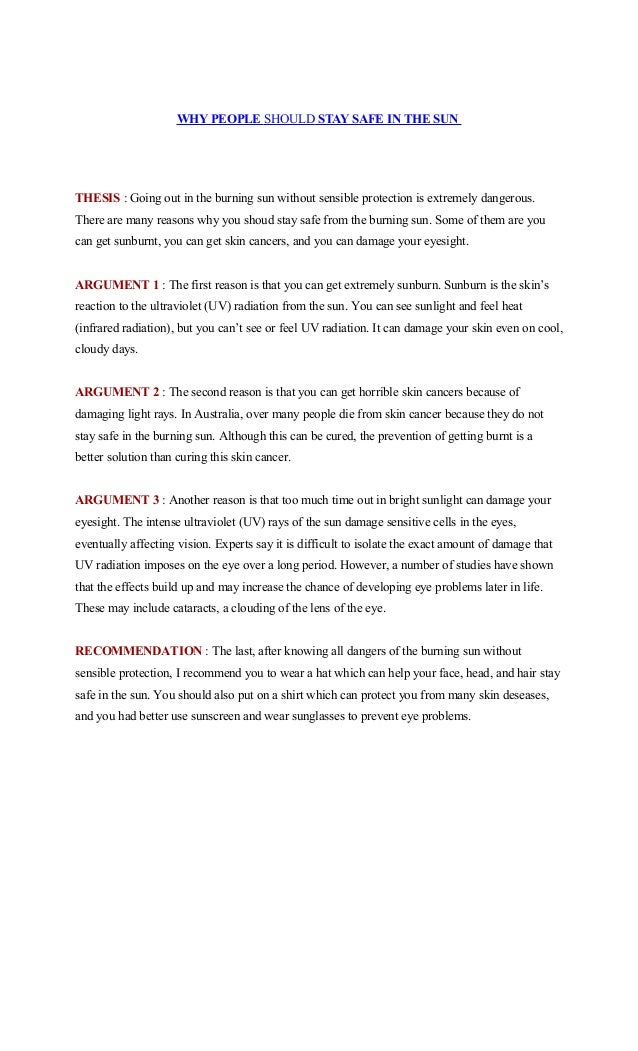


Urbino, one of the city’s most distinguished doctors: Marquez narrates the passage through the eyes of Dr. In Love in the Time of Cholera (1985), the third person narrator describes the unnamed seaside city in the Carribbean where much of the novel takes place. The Colombian author Gabriel Garcia Marquez is a master of this type of narration. When we describe a pastoral scene in a rural setting, for example, we might linger on specific images (such as a wide, empty field, an abandoned tractor) to build up an overarching mood (such as peaceful simplicity). threatening, peaceful, cheerful, chaotic).

The practice or art of telling stories.

A spoken or written account of connected events a story.Here are three definitions of narrative via the Oxford English Dictionary that illustrate the above ideas: For example, in a comedic narrative, the overarching aim is to surprise/shock or otherwise lead the audience or reader to be amused. Narrating a story involves shaping events around an overarching set of aims or effects (whether consciously or unconsciously).It is a practice and art in that when we tell a story, we shape the narrative – the connection between events.It connects events, showing their patterns, relating them to each other or to specific ideas, themes or concepts.The definitions below show three important aspects of narration in storytelling: Narrative is writing that connects ideas, concepts or events. Read on to learn what narrative is, as well as five types of narrative, with examples: What is narrative? Narration and narrative are two key terms in writing fiction.


 0 kommentar(er)
0 kommentar(er)
